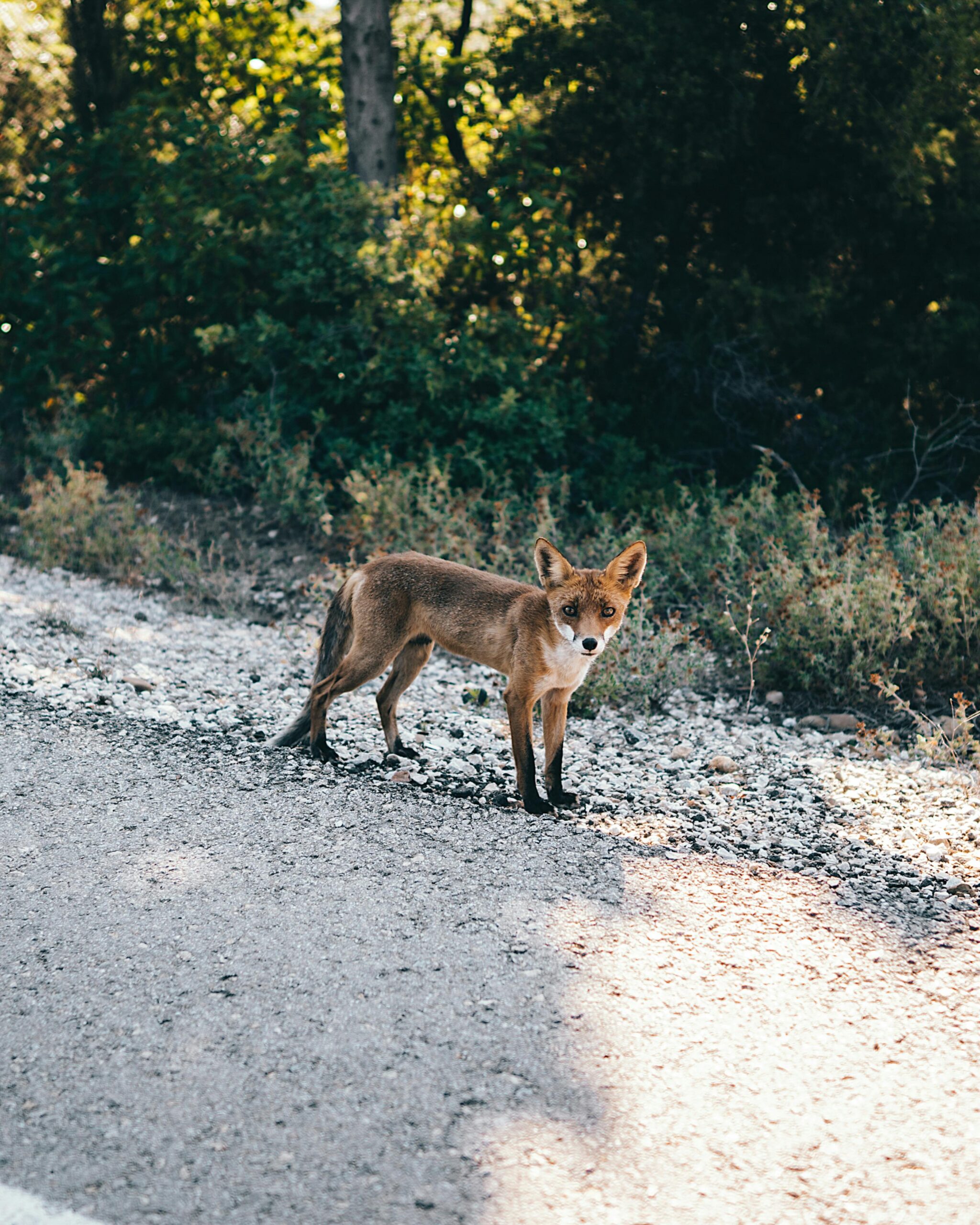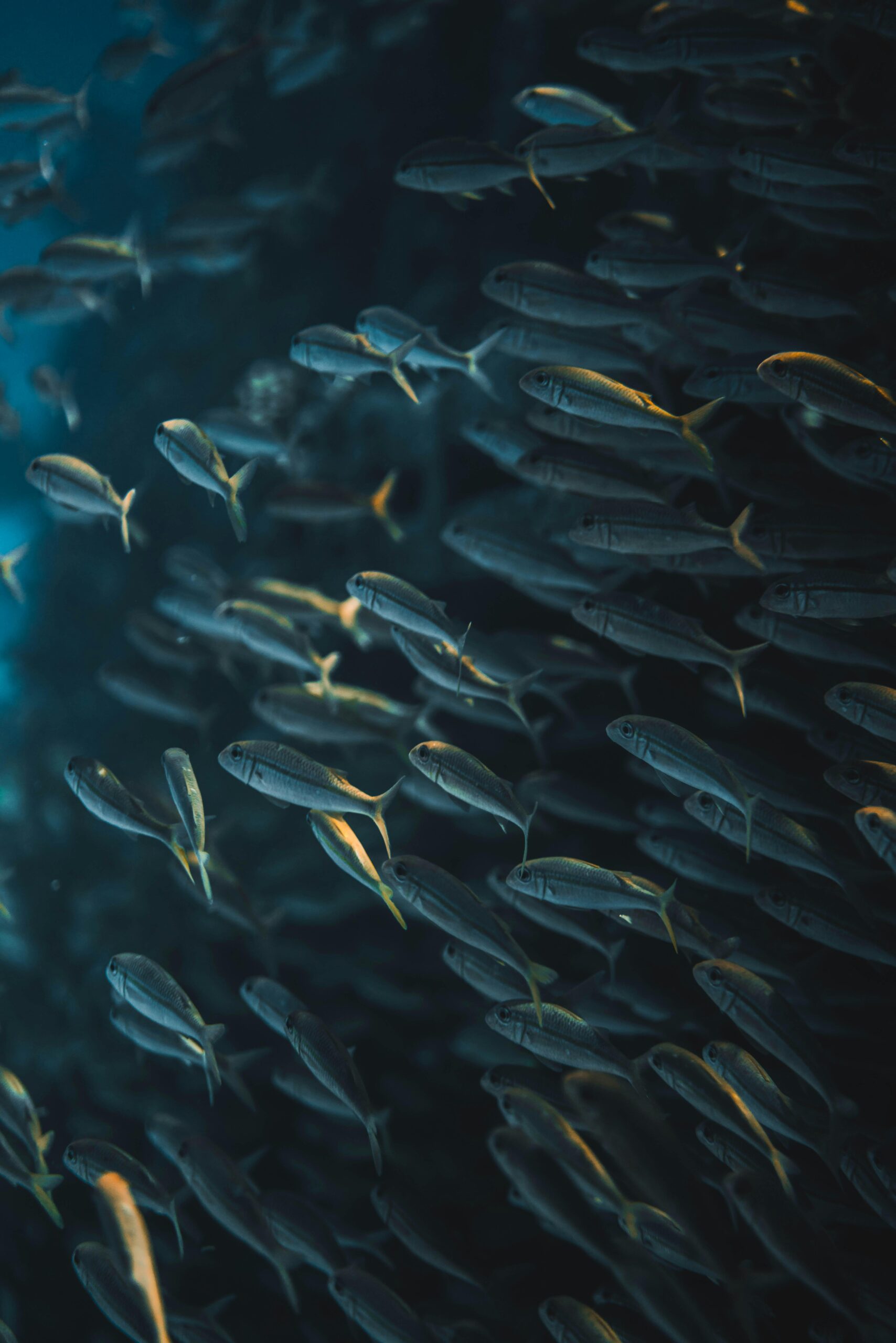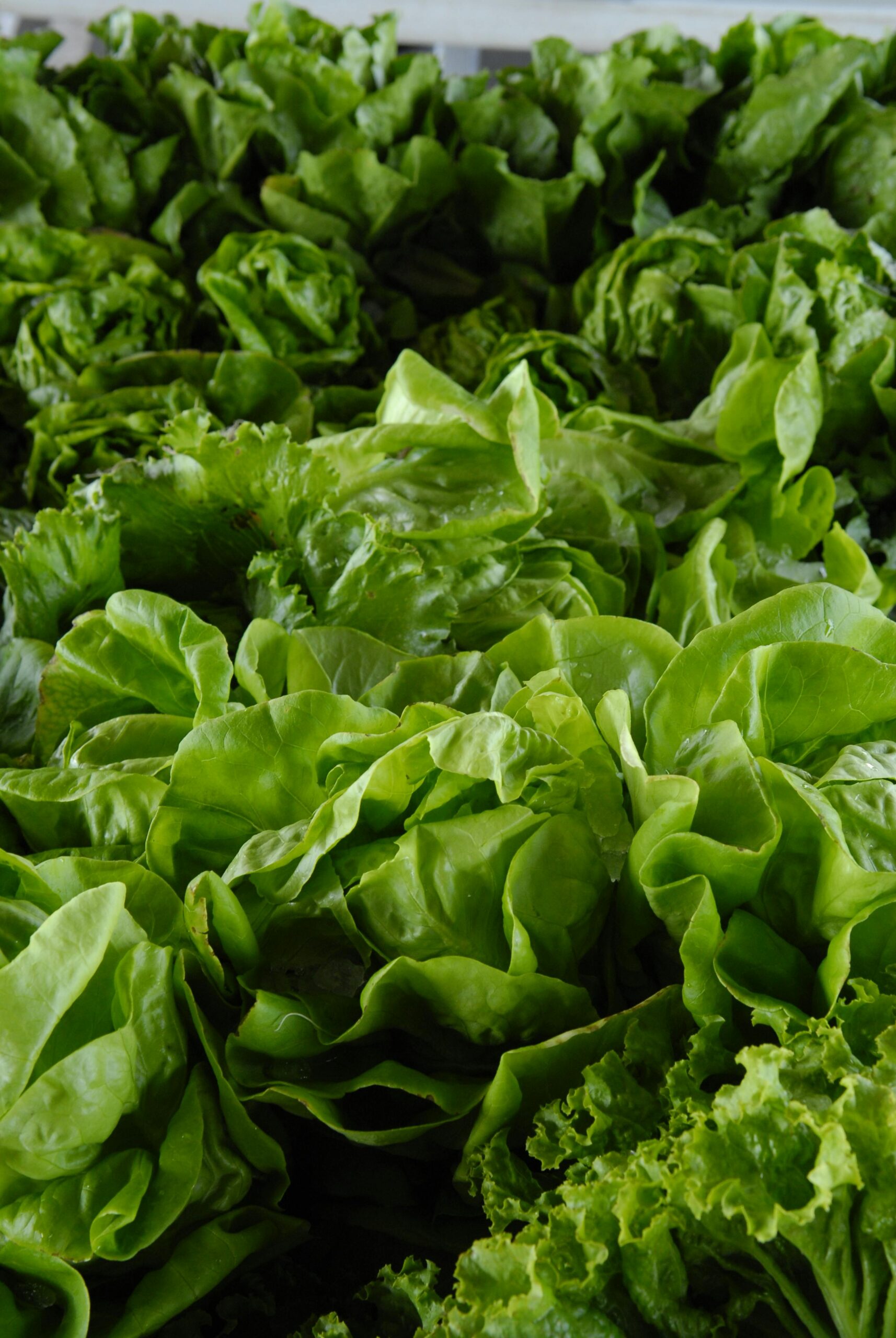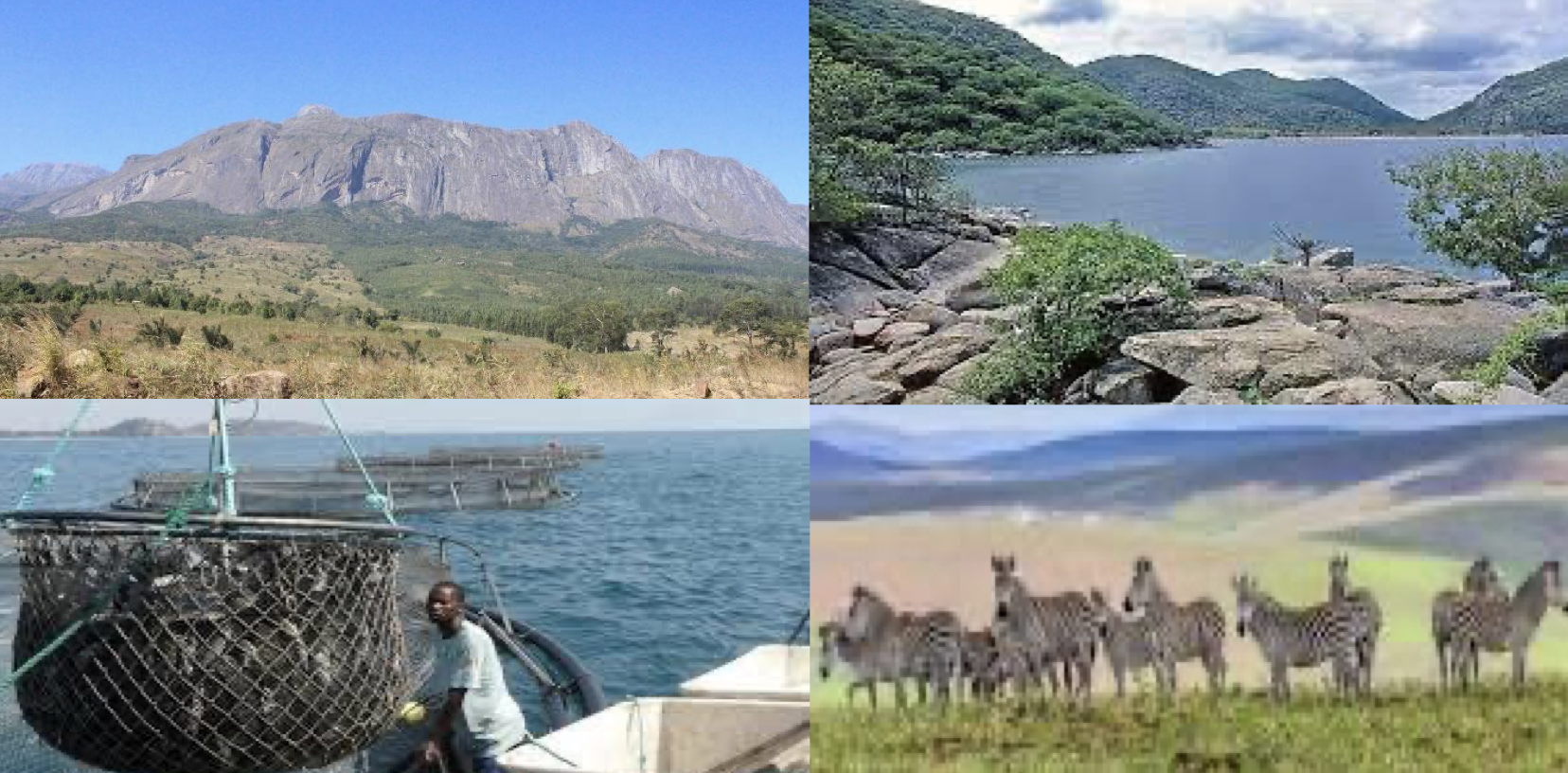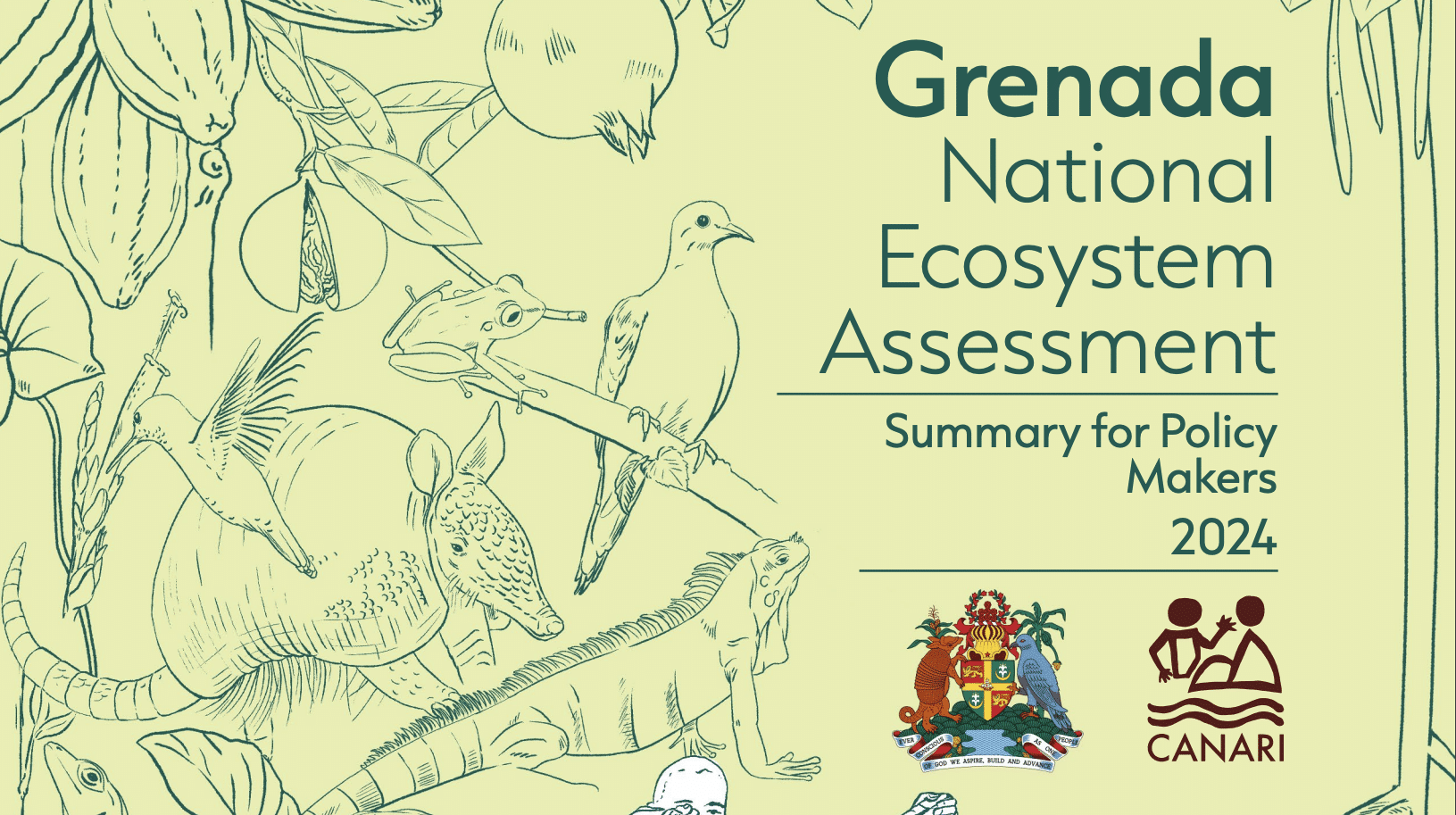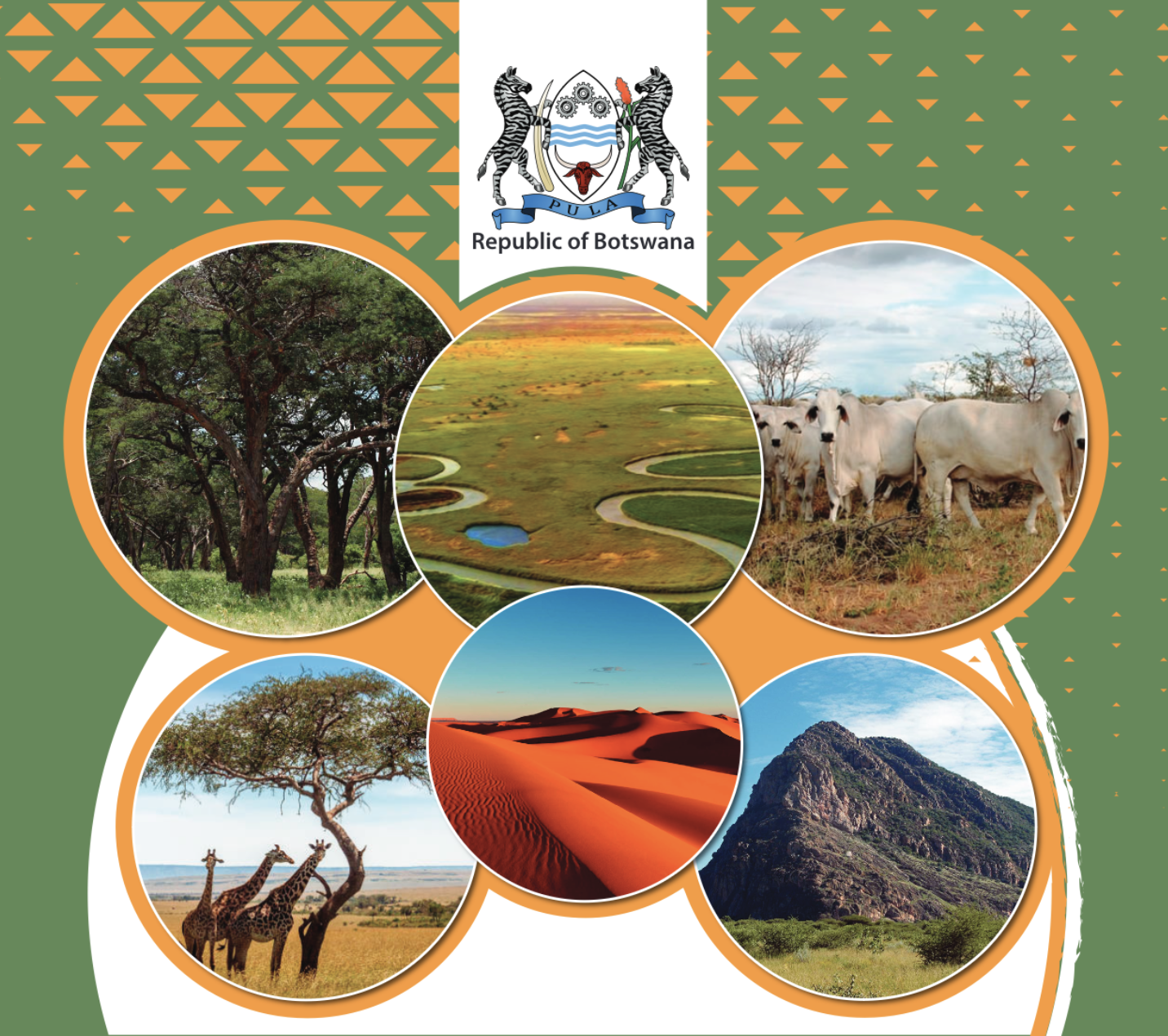Australian horticulture relies heavily on the introduced managed honey bee, Apis mellifera Linnaeus 1758 (Hymenoptera: Apidae), to pollinate crops. Given the risks associated with reliance upon a single species, it would be prudent to identify other taxa that could be managed to provide crop pollination services. We reviewed the literature relating to the distribution, efficiency, and management potential of a number of flies (Diptera) known to visit pollinator-dependent crops in Australia and worldwide. Applying this information, we identified the taxa most suitable to play a greater role as managed pollinators in Australian crops. Of the taxa reviewed, flower visitation by representatives from the dipteran families Calliphoridae, Rhiniidae and Syrphidae were frequently reported in the literature. While data available are limited, there was clear evidence of pollination by these flies in a range of crops. A review of fly morphology, foraging behaviour and physiology revealed the considerable potential for their development as managed pollinators, either alone or to augment honey bee services. Considering existing pollination evidence, along with the distribution, morphology, behavior, and life-history traits of introduced and endemic species, 11 Calliphoridae, two rhinitis, and seven syrphid species were identified as candidates with high potential for use in Australian managed pollination services. Research directions for the comprehensive assessment of the pollination abilities of the identified taxa to facilitate their development as a pollination service are described. This triage approach to identifying species with high potential to become significant managed pollinators at local or regional levels is clearly widely applicable to other countries and taxa.






